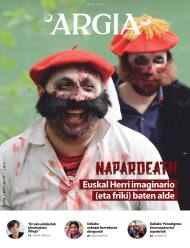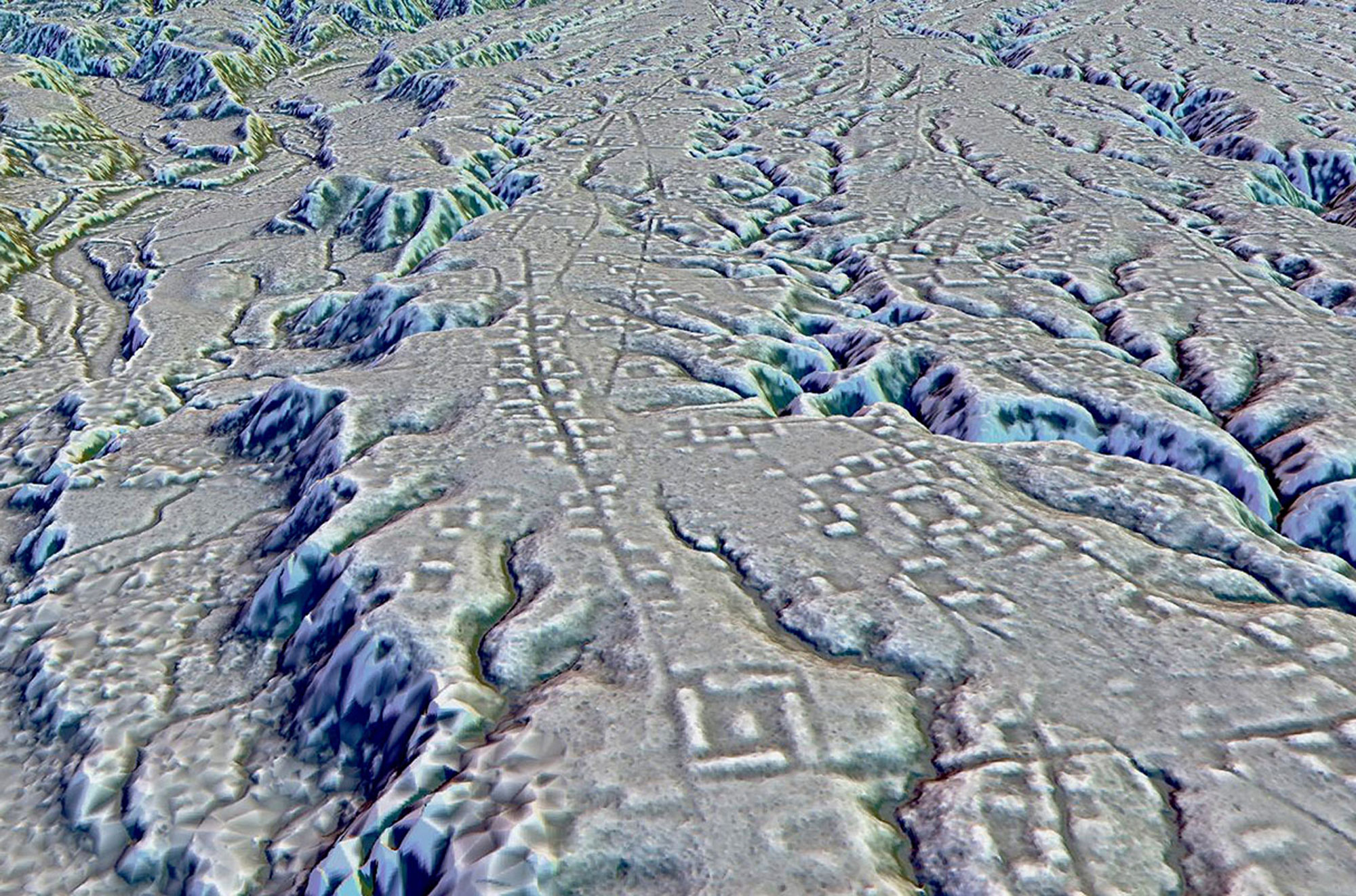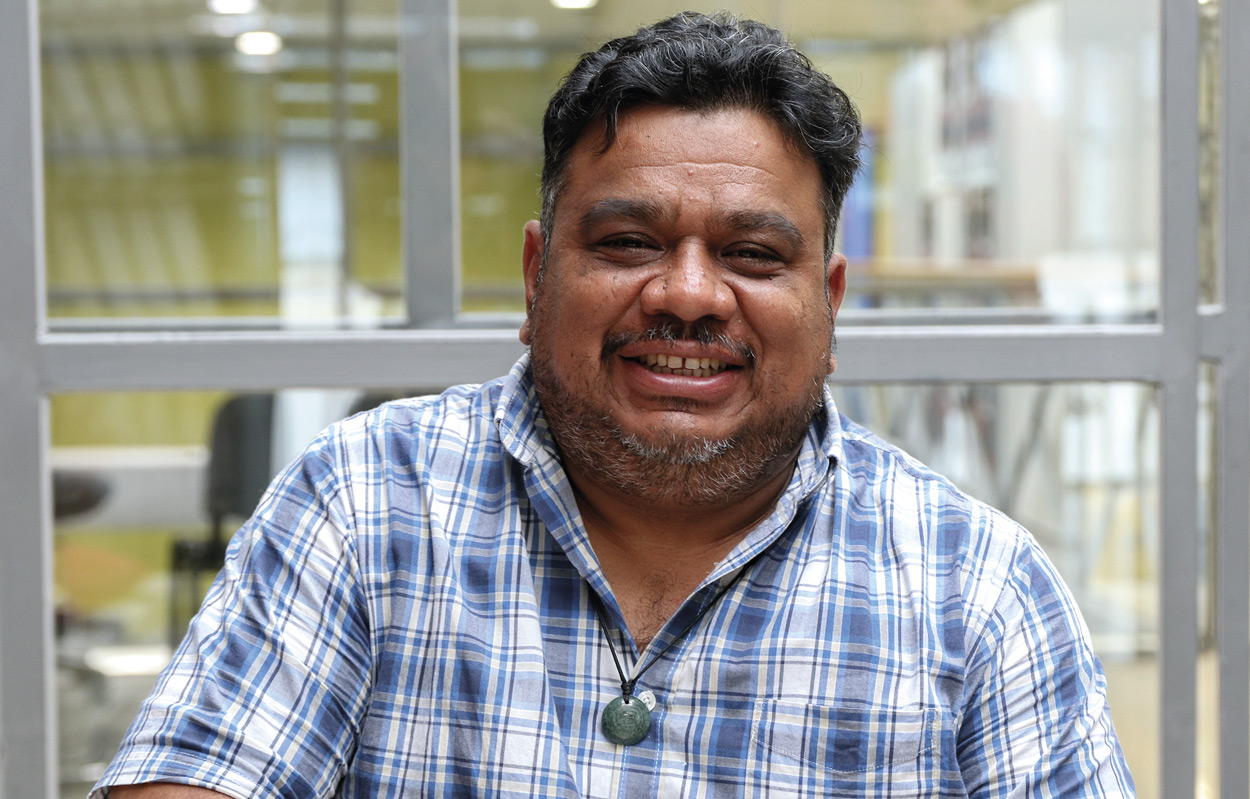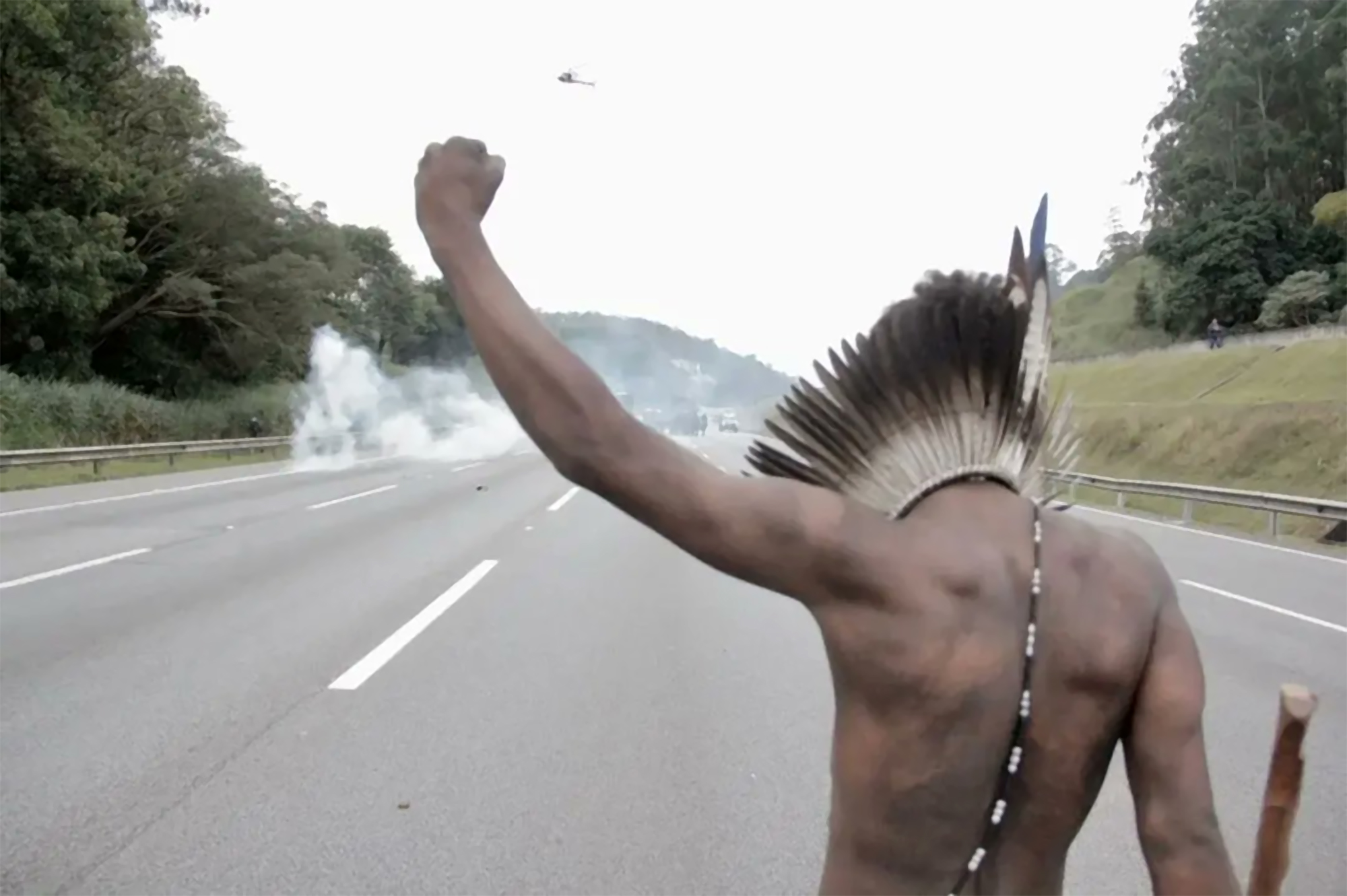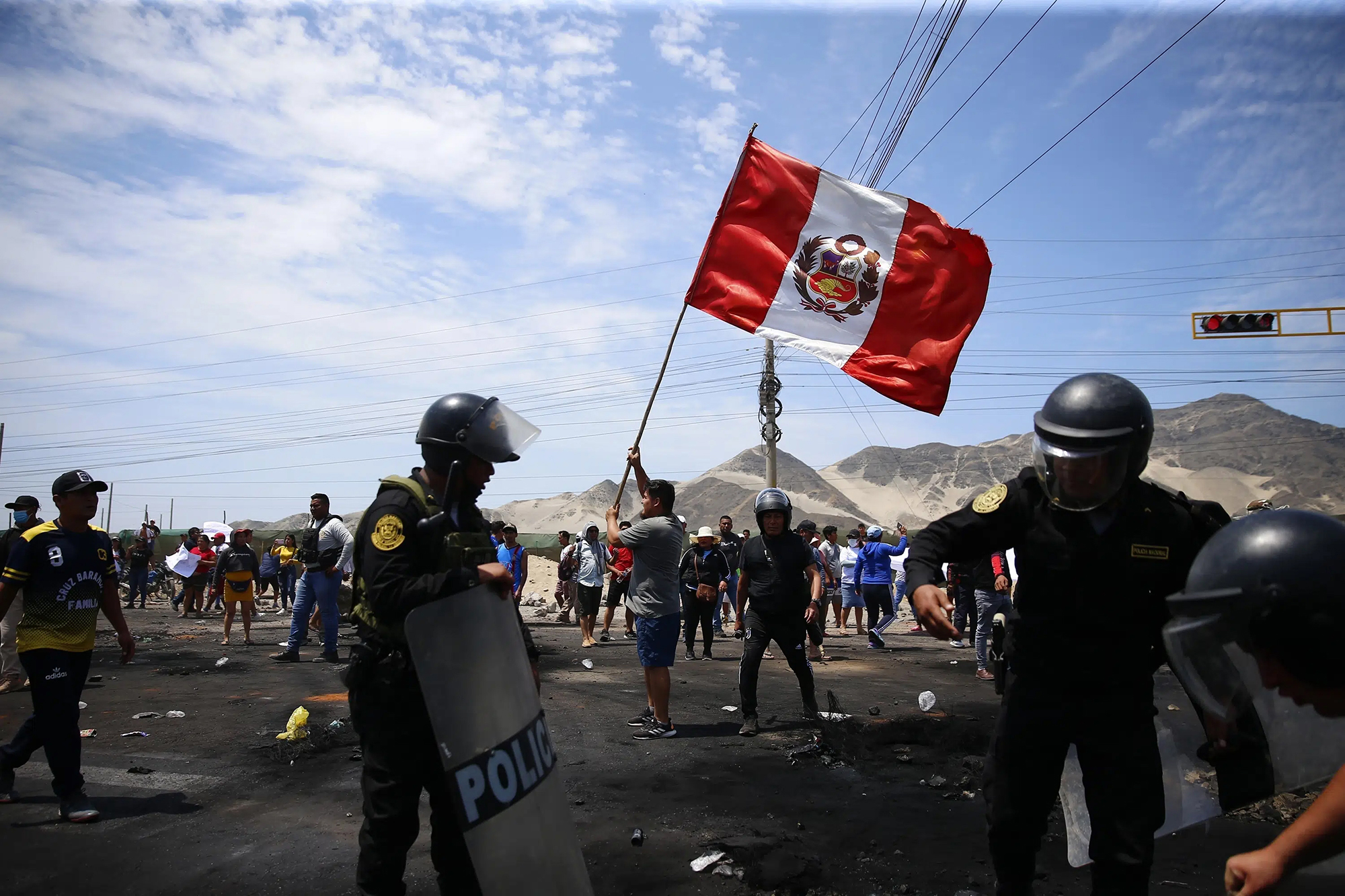Name and status of the islands
- Born 26 September 1772. The Spanish frigate Aguila departed from the port to Tahiti, on an expedition led by the Getarian captain Domingo Bonetxea (1713-1775).
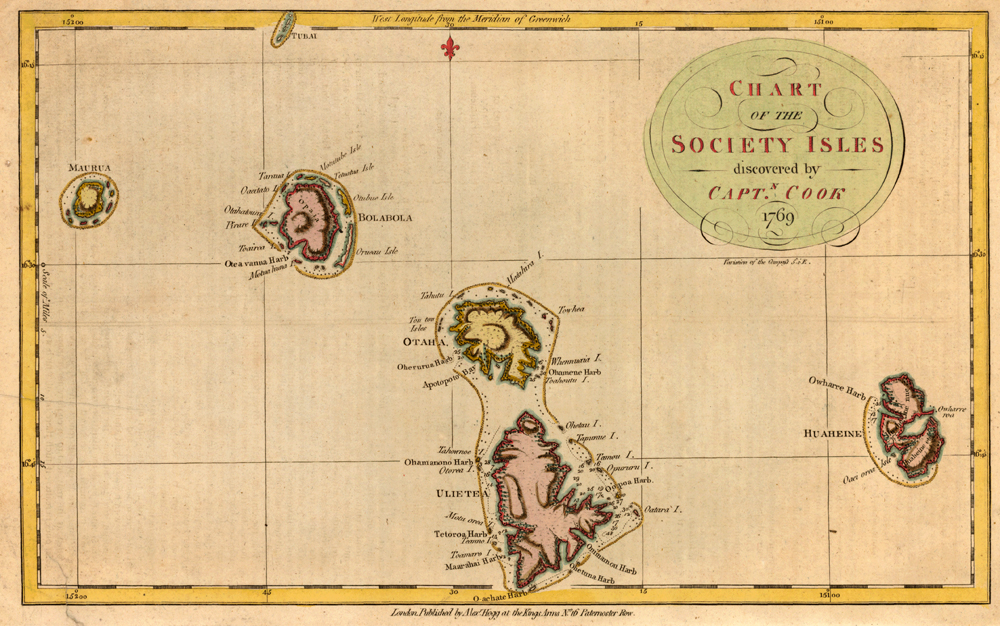
A few years earlier, Captain James Cook had arrived at these sites in Polynesia, and Peruvian Viceroy Manuel d’Amat i de Junyent feared that the British would attack from there the Viceroyalty or the island of San Carlos (Rapa Nui). That is why he sent Bonechea to those islands, “to know the traps of foreigners, (…) to bring new souls to Christianity and more vassals for the king.”
A month after leaving, the crew of Aguila began to observe and name the islands. The first was St. Simon and St. Judas (Tenere). The island of San Quintín (Haraiki), Todos los Santos (Anaa) and San Cristobal (Mehetia) were then divided. In early November they came to Tahiti and named the viceroy to the largest island in the region: Manuel d’Amat i de Junyent. Back he would also meet Santo Domingo (Moore). On the second trip there were more islands: San Narziso (Tatakoto), Martirias (Tekoto), San Juan (Hikueru), San Julián (Faaite) and San Blas (Tahanea). He died on that trip in Tahiti on 26 January 1775.
The first to take possession of all these islands on behalf of the king was the Getariarra. But it’s hard to know who “discovered” them for the first time: Portuguese Pedro Fernándes de Queiros, Spanish García Jofre de Loaisa, French Louis-Antoine de Bouganville and British Wallis and Cook also visited the area.
Of course, the Polynesians had reached those islands much earlier than the Europeans. The islands currently comprising French Polynesia arrived in the 4th century AD. C. and inhabited since 800 in the islands baptized by Bonechea.
Fortunately, these European Catholic names have been forgotten and today the islands have original Polynesian names, which we have gathered here in parentheses. Unfortunately, since the Spaniards have left, they are under the control of France. They are currently part of the Collectivity Transnáutica (Collectivité d’outre-mer) and, among other things, France has used them in nuclear weapons tests until they were banned in the 1990s.
49 urte preso pasa ondoren, libre utzi dute Leonard Peltier AEBetako ekintzaile autoktonoa. Otsailaren 18 honetan heldu da bere senide eta lagunen artera 80 urte dituen preso-ohia.
Oinarrizko maia komunitateko U Yich Lu’um [Lurraren fruitu] organizazioko kide da, eta hizkuntza biziberritzea helburu duen Yúnyum erakundekoa. Bestalde, antropologoa da, hezkuntza prozesuen bideratzaile, eta emakumearen eskubideen aldeko aktibista eta militante... [+]
It is no coincidence that Columbus Day, that of the Civil Guard and the Virgen del Pilar coincided on that date. The three represent oppressive structures (statue, army and church). On the other hand, there is indigenous resistance and population that the Spanish State... [+]
When in the 16th century the Spanish conqueror Francisco de Orellana sailed the Amazon River, he said that there were big cities on both sides of the river. Few believed then, let alone in the following centuries, when no trace of what the conquest itself had destroyed was... [+]
On March 23, the prestigious French publisher Seuil launched a new literary section called “Indigenous Voices”. On the web Un livre dans ma valise (A book in my beacon), the director of the section Laurence Baulande explained that then the aim of the project is to publish... [+]
Pasa den abendutik Perun gertatzen ari diren istiluak, herrialdearen egoera politiko ahularekin lotu dituzte munduko hedabide nagusiek. Pedro Castillo presidente ezkertiarraren noraeza, haren kargugabetzea, Andeetako eskualdeetako herritarren altxamendua eta haien kontrako... [+]









